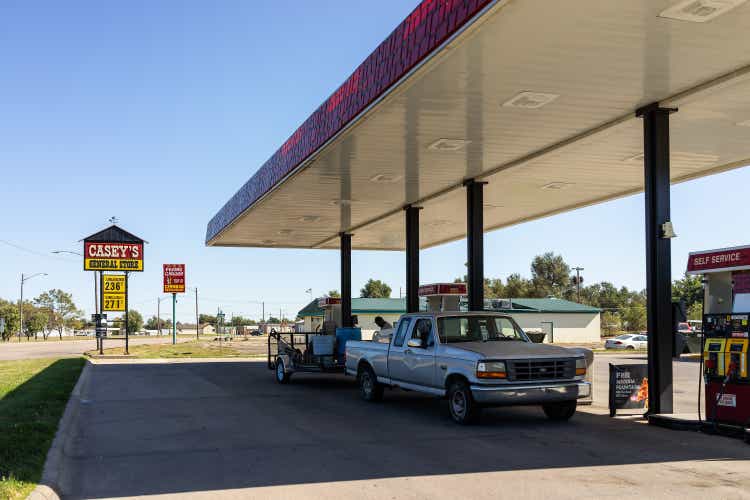
RIYADH: Listed banks in the Gulf Cooperation Council achieved their highest lending growth in 13 quarters, with loans rising 3.1 percent to $2.12 trillion in the third quarter.
According to a report by Kamco Invest, Saudi Arabia led the surge with a 3.7 percent quarter-on-quarter increase in gross loans, marking its fastest growth in nine quarters. Qatar followed with a 1.
9 percent rise, while Bahrain recorded a 1.2 percent increase. This growth aligns with the International Monetary Fund’s projection of 3.
5 percent nominal gross domestic product growth for GCC nations in 2024, driven by the strong performance of non-oil sectors in the UAE, Qatar, Bahrain, and Saudi Arabia. The region’s commitment to diversification and long-term infrastructure development continues to drive its financial sector. Despite record lending levels, aggregate net income for GCC-listed banks increased marginally by 0.
4 percent to $14.9 billion. While total revenues grew 4.
1 percent, supported by a 2.8 percent rise in net interest income and a 6.9 percent increase in non-interest income, higher expenses and impairments weighed on profitability.
Loan impairments rose to a three-quarter high of $2.5 billion, with increases in the UAE, Saudi Arabia, Oman, and Bahrain partially offset by declines in Qatar and Kuwait. Customer deposits across GCC-listed banks reached a nine-quarter high, rising 3.
2 percent to $2.5 trillion. Saudi Arabia led with a 4.
6 percent increase, while the UAE maintained its position as the largest deposit market at $828 billion. Deposits in Oman and Qatar also saw solid growth, contributing to the region’s overall resilience. The aggregate loan-to-deposit ratio remained stable at 81.
4 percent, with Saudi Arabia reporting the highest ratio of 92.8 percent and the UAE the lowest at 69.3 percent, reflecting its strong liquidity position.
The GCC banking sector’s resilience is further demonstrated by its consistent focus on operational efficiency. The cost-to-income ratio declined slightly to 39.9 percent, highlighting the sector’s ability to manage expenses effectively despite rising costs.
As the region continues to diversify its economy, the banking sector remains a critical enabler of growth, funding large-scale projects and fostering financial innovation. While rising funding costs and potential interest rate cuts may pose challenges, the sector’s robust fundamentals and strategic focus on non-oil growth position it for sustainable expansion. The commitment to balancing economic diversification with financial innovation is expected to drive the sector’s continued success, reinforcing its pivotal role in the GCC’s broader economic landscape.
.














